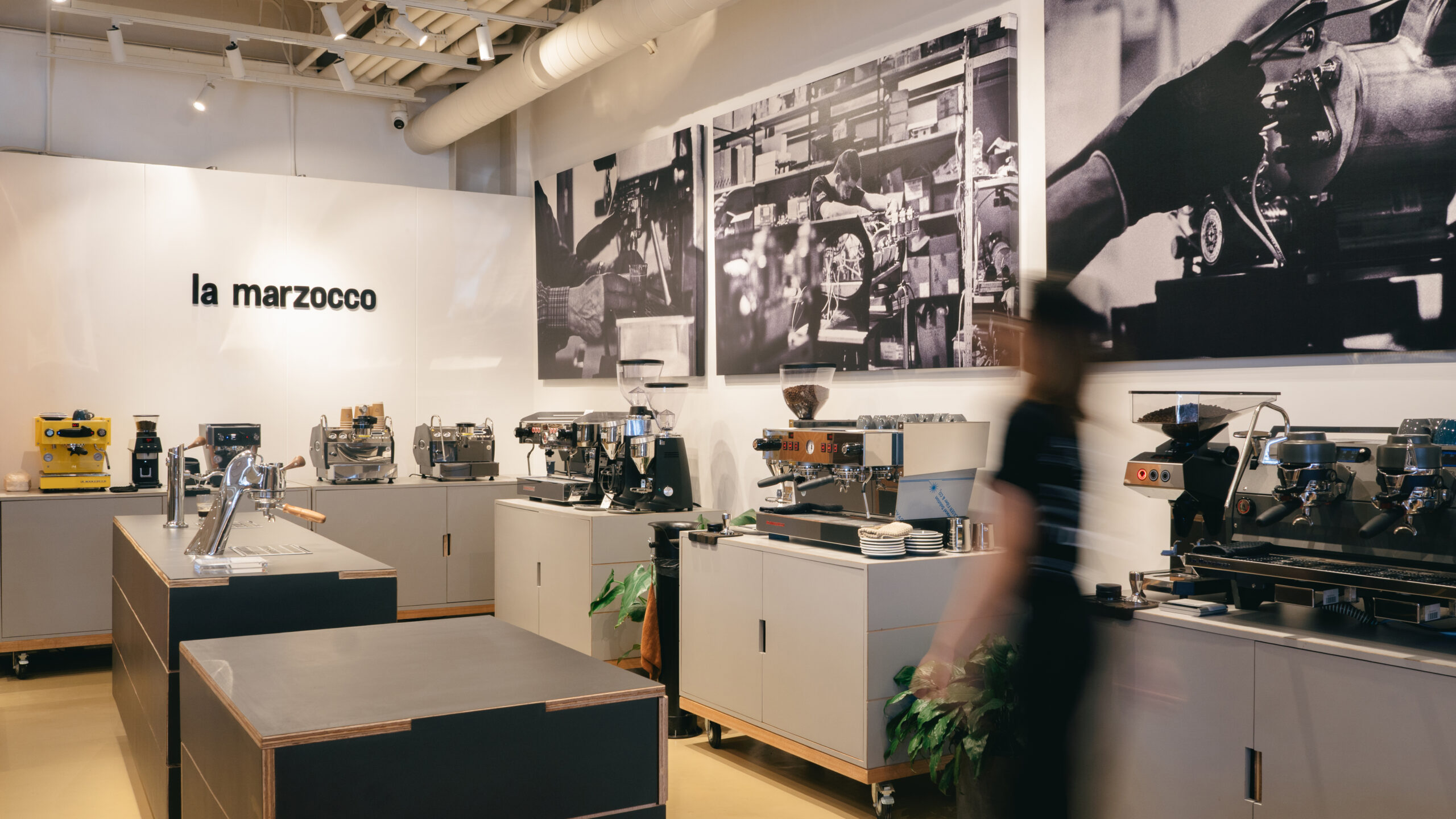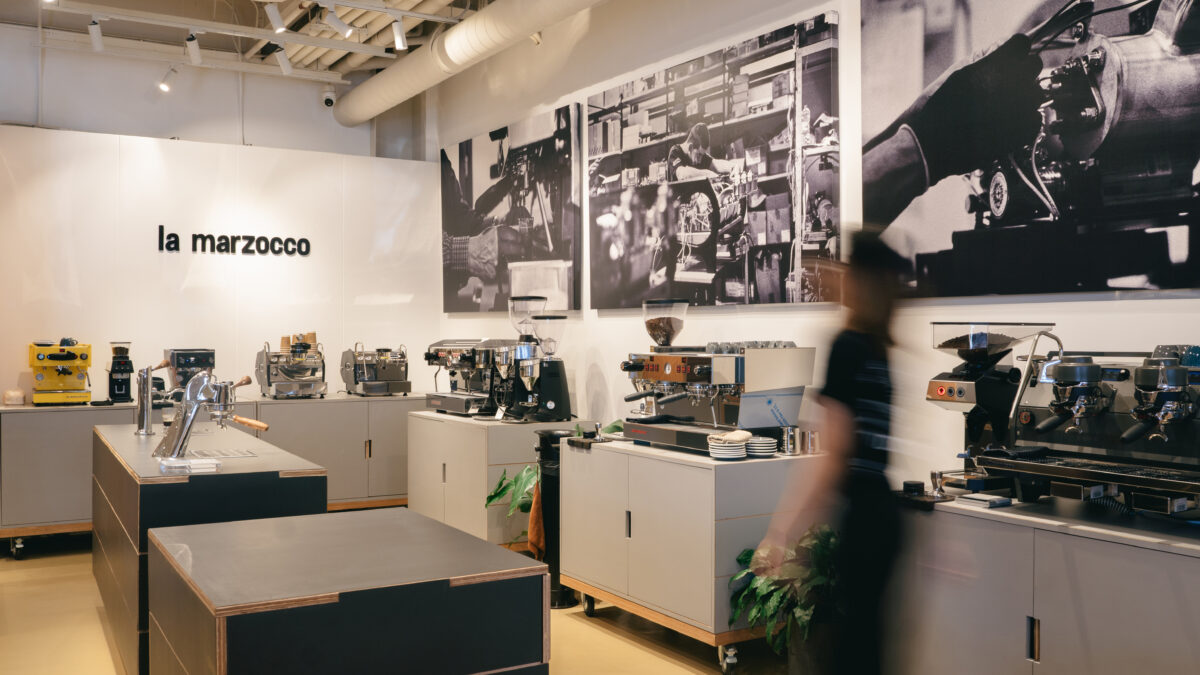I wept as I watched Supertyphoon “Yolanda” destroy lives and homes in Tacloban with end-of-the-world fury. Millions of others, too, watched in tears. Hope and help were also blown away by the storm.
As I cried, I e-mailed Greg Macabenta, my friend from Tacloban who migrated to California, and told him of my grief. Greg replied that he, too, was in tears over the death and destruction in his hometown. He was flying over in a week’s time to help and sympathize with his relatives in Tacloban.
I informed Greg Garcia, our common friend in the ad industry, of Macabenta’s coming. He immediately arranged to have dinner with him in his house. He invited common friends who managed ad agencies from the 1970s to the ’90s and are now retired.
And there we were with former competitors, Louie Morales and Gil Yuzon, acting like bosom friends. Greg’s wife, Myrna, prepared a superb dinner, and our wives who came along were all praises for Myrna’s choice.
Greg Macabenta wore his standard, never-say-die battle get-up, a bush jacket that became popular in the ’70s. He had aged a bit, his curly hair had more salt than pepper, but his eyes were alert as ever.
He left the Philippines when he was general manager of Advertising and Marketing Associates (AMA), Nestlé’s big ad agency, to live with his children who were all studying and building careers in the US. He settled in San Francisco, California, establishing his own boutique agency specializing in Philippine-American public relations and brand promotions activities.
I’ve always admired Greg secretly. He was Mr. True Grit. A true Waray, Greg personified the Warays described in the popular song, “Waray-Waray.”
“Waray-Waray handang matodas,
Waray-Waray, hindi tatakas…
Waray-Waray matigas.”
The Warays were the fearsome warriors from the Visayas. Tough guys and stevedores in Manila’s port area were mostly Warays.
Scriptwriter
Greg came to Manila when he was just out of his teens and landed a job in, of all places, the movie industry as a scriptwriter of cheap, imitation James Bond films. He soon joined a film production outfit for TV commercials where he quickly learned the trade.
His new skills easily landed him a job at AMA, under the tutelage of the late Tony de Joya, a pioneering pro.
As the evening progressed, our wives had fun talking about their chaotic multitasking.
I decided to do some ego-tripping, as most retirees do. I declared that our active years were the golden years of advertising. All of us got deeply involved in the brand-building and game-changing mass consumer phenomenon.
I remember vividly the outstanding cases. I was the oldest in the group (now 78), having joined the ad business in 1961. Greg Garcia is the youngest, now in his late 60s, with Gil Yuzon and Louie Morales in their mid-70s.
My earliest success was with the introduction of Tide detergent powder to the Philippine market in the late ’50s. Tide changed the habit of washing clothes overnight by eliminating sun-bleaching (pagkukula), a time-consuming process.
As a young copywriter, I was involved in creating commercials that promised the whitest, cleanest clothes even without sun-bleaching, using side-byside product comparison tests, a favorite format of Procter & Gamble (P&G).
It’s still used by Vic Sotto, Tide’s endorser today.
Overnight, our game-changing campaign did a turnaround job. Consumers shifted to detergent powder, discarding the hard bar they had used for decades.
Over at AMA, Greg Macabenta wrestled with the poor sales and low acceptability of Nescafé instant coffee in powder form. The market’s preference was brewed coffee, from ground, newly roasted beans. Kapeng barako was the standard.
Artificial and dehydrated
Powdered instant coffee sales suffered because of its image as artificial, dehydrated and lacking freshness. Greg used the great cities of the world strategy, where Nescafé instant coffee was an accepted beverage in a fun, glamorous, big-city setting.
The commercial looked like one for a classy, international tourism destination, assuming the image of a modern lifestyle product. Sales picked up, and in no time Nescafe became the biggest selling coffee in the Philippines.
In the early ’70s, Gil Yuzon and Greg Garcia, ad manager of Tom Aguirre’s branded business, Banco Filipino, BF Homes and Himlayang Filipino, put up Hemisphere as their own agency. Leo Burnett became their partner later, bringing the Marlboro and McDonald’s accounts. Tide and Camay from P&G followed suit, making Gil and Greg the hottest hotshots in town.
Greg was the flashy type, displaying the needed showmanship and hubris of the trade. Gil was the gentleman with brains who indulged in poetry writing occasionally.
Louie Morales, an upstart at PAC, was tasked with enlarging the market size of San Miguel Beer. San Miguel’s early advertising lacked distinct image, consisting of product shots of pouring beer in a glass without a consumer point of view. Under Louie’s watch, the agency came out with several great ideas—“Isa pa nga!,” “Mag-beer muna tayo” and “Iba ang may pinagsamahan”—all relevant to the Filipino male psyche of togetherness and friendship.
San Miguel used iconic male endorsers: Efren Reyes, Flash Elorde and Bert Marcelo, all connected with Filipino males.
Beer gardens
The market grew in the mass sector, spreading like wildfire, spawning the birth of beer gardens nationwide. Robust beer sales became the barometer of economic progress. Louie Morales’ star shone brightly as a leader inside the agency and outside the industry.
Basic Advertising, an upstart agency I used to manage in the ’80s, got the biggest luck of all when another upstart fast-food chain named Jollibee walked right into our office seeking professional help.
Tony Tan, the young Chinese owner, wanted to compete fiercely with McDonald’s, the American giant that had just put up its first store in Morayta, Manila.
In our taste tests, the aroma of condiments mixed with the beef patty produced the strong, appetizing scent of a delicious burger. I called it langhap-sarap, and we created a series of commercials highlighting Filipino family values with the brand’s deliciousness.
Langhap-sarap advertising was an instant blockbuster nationwide, creating a huge unmet demand in the provinces. It was a big social event. Jollibee is now on the fast track to achieving the status of a global brand.
Another client, Lucky Me, stumbled into a huge opportunity when its marketing director Rufi Tiam Lee discovered a big unmet demand for instant noodles. But the product was saddled perennially with widespread stock problems in most stores nationwide.
Quickly, Rufi convinced his boss, Henry Soesanto, to enter the instant noodle market with a new brand to fill the void. Their company, in the business of bread and biscuits, came out with a new instant noodle, Lucky Me. We launched it as a brand with superior taste and as a versatile family food.
Lucky Me became a runaway leader in the shortest time. It even replaced galunggong as the cheapest ulam available for all.
The last of the big wars in the local market territory was waged between Smart and Globe, the two cell-phone companies that fought fiercely for market shares in a quick and furious marketing, advertising and promotions war in the late ’90s, where Smart ended up as the big winner.
Smart’s Poly Nazareno employed warfare tactics, planned and executed in war-room style marketing. Smart used the total attack on a long phone-starved population with its blitzkrieg landings on product ranges, price ranges, distribution, retailing strategies and nonstop promos from the upper to the lowest market class.
Nonstop advertising with new offers and new products gave all segments of the market very little choice but to go Smart. As the dust settled on the cell-phone war, Smart was the clear winner. It was a client-driven war.
The evening passed quickly, and my wife Encar glanced at her watch before 11 p.m. She then interrupted our boys’ talk. “Minyong, your eyes are droopy,” she said. “It’s past bed time.” We took it as the cue to say goodnight and head home. We thanked Greg and Myrna for hosting the dinner, and wished Greg Macabenta and his wife well.
As my wife guided me to the car, I managed to say, “Goodnight everyone!” Inside the car, I was sound asleep in seconds. When we arrived home, I asked my wife if I fell asleep. “Yes,” she answered. “And your snoring was loud.”
E-mail the author at hgordonez@gmail.com











































